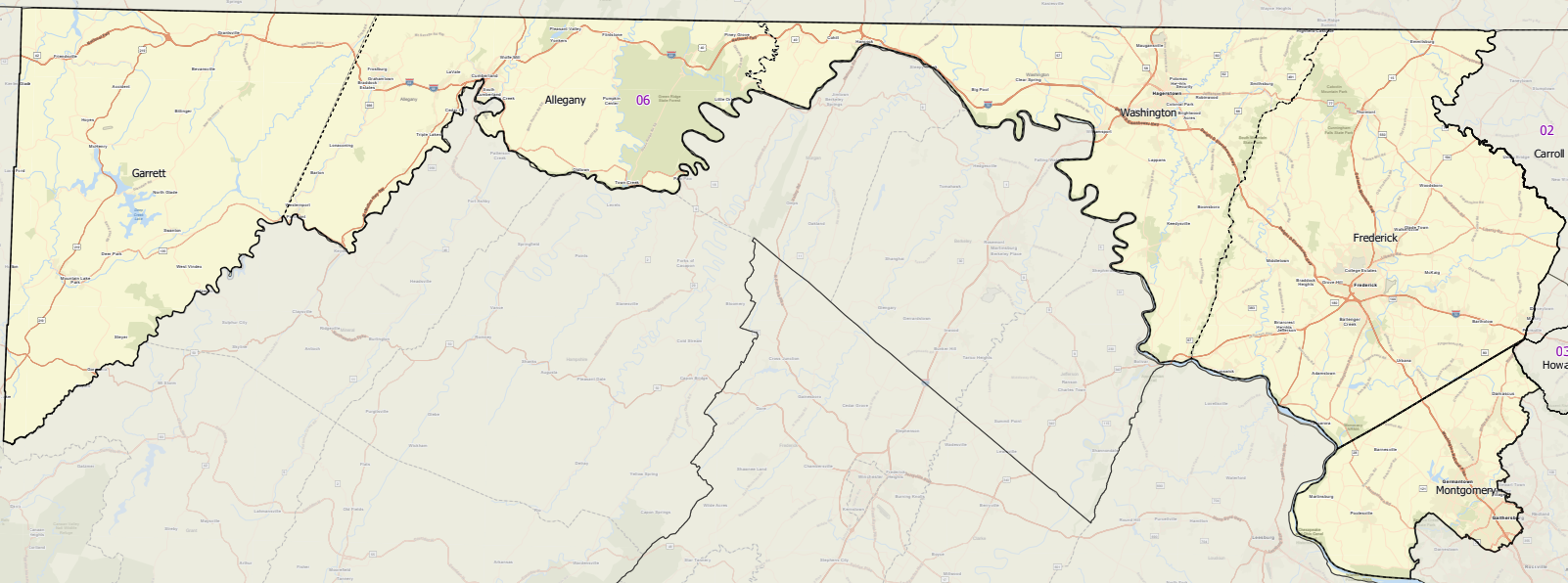By Adam Pagnucco.
In my prior jobs, I often crunched demographic data and correlated it to behavioral patterns, especially relative to economics and voting. I did a lot of this for David Blair’s county executive campaign and I was lucky to work for a candidate who understood the value of that work. It’s time to apply that style of analysis to one of the most competitive campaigns in the state, the wide open race to succeed David Trone in Congressional District 6.
CD6 is a fascinating district. It should be based solely in Western Maryland, but the four counties there (Allegany, Frederick, Garrett and Washington) don’t have the population to account for their own congressional district. Even if Carroll County were added, they would still not be enough. And so prior versions of the district pushed far afield, with the 2002 version stretching as far east as the Harford/Cecil county border and the 2011 version pushing as far south as the Washington Beltway. Today’s CD6 is more compact than either of these past districts as it includes the four western counties plus roughly a third of northern and western MoCo.

A map of Congressional District 6 from the Maryland Department of Planning.
MoCo, Frederick and the west are different planets in the same solar system. The counties and their largest towns have vast differences in race, economics, household income and age. All of these factors are known to affect voting. In this series, we are going to explore these differences and analyze their correlation with precinct voting patterns. By doing so, we will learn what shapes voting and gain some insights into how to win both the Democratic and Republican primaries.
We will begin in Part Two!
